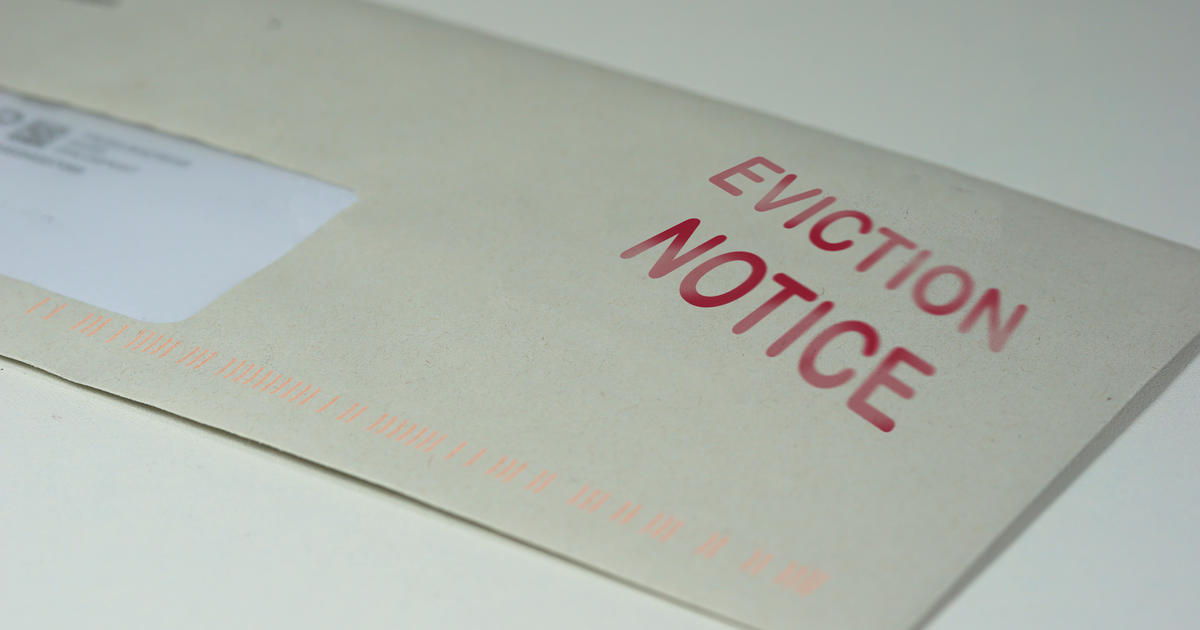
The United States is making strides with getting assistance out to the millions of Americans behind on rent — but after months of struggling to move aid to those in need, billions are still not getting out the door.
More than $2.3 billion in federal emergency rental assistance went out in August to some 420,000 households, the most of any month to date since the money was made available, according to data released Friday by the Treasury Department. In July, $1.7 billion in emergency rental assistance was spent; in June, roughly $1.5 billion was disbursed. But despite the uptick in disbursements, millions still said this month that they fear being evicted in the near future.
The funding is only a fraction of the money allocated by Congress to help households behind on rent during the pandemic. To date, just $7.7 billion in payments have been made to help those in need out of the $46 billion that was approved last December and March, meaning more than 83% of the money has not yet been spent.
“While there is still more work to do, this improvement is the result of many months of collaboration between Treasury, the White House, and state and local governments to increase the distribution of assistance to renters and landlords in need,” the Treasury Department wrote in a blog post on Friday.
More than 8 million households are behind on rent, according to the latest Census Bureau data from the first half of September. Of those, more than 3 million said they were very or somewhat likely to be evicted in the next two months.
The Treasury Department distributed the first $25 billion in funding passed by Congress by early February and part of the second $21 billion in early May. The money is now largely at the state and local level, where there have been challenges establishing and administering programs. Earlier this month, the Treasury Department announced it would make available the remaining $13 billion in funds from the second allocation to states and local programs that were performing well.
While Biden administration officials have said the emergency rental assistance program’s success cannot be judged by the amount spent so far out of the total $46 billion, efforts are still falling short. At a White House Emergency Rental Assistance & Tenant Protection event earlier this month, White House senior adviser Gene Sperling said states and localities need to get out at least $16 billion in the “next couple of months” — and at the current pace, the U.S. would reach just over half of that.
While many states and local programs continue to struggle to get money out the door, some programs have shown success, including ones that were behind earlier this year as states and local officials developed the infrastructure to move funds. The Treasury Department noted that in the first quarter of the year, New Jersey did not spend any of its money — but the state spent 78% of its first allocation of funds by the end of August.
Other programs in New York, Los Angeles and Miami Dade County, Florida, have also seen large increases in funding distribution, Treasury data shows. Together, the three jurisdictions spent more than $347 million last month, compared to $800,000 in May. New York alone went from spending less than $3 million in July to nearly $300 million in August. The state of Florida distributed more than five times what it did in July in August.
But even as some states have seen an increase in funds going out month over month, more than a dozen state programs have still spent less than 10% of their rental assistance funds. At least six state programs, including Arizona and South Carolina, have still distributed less than 5% of their aid.
Starting at the end of September, state and local programs that have been slow or unwilling to get money out are at risk of losing their funds. At that point, the Treasury Department can reallocate any unused money to programs that have used at least 65% of their rental assistance. In a letter Friday, Deputy Treasury Secretary Wally Adeyemo said the department anticipates sending out more guidance in the coming days.
The uptick in rental assistance came after a federal eviction moratorium protecting millions of Americans expired at the end of July, and the Biden administration implemented a new eviction moratorium. But in late August, the Supreme Court struck the new moratorium down, leaving millions at risk of being kicked out of their homes.
The Biden administration has been encouraging states and cities to implement their own local eviction moratoriums and new protections as residents wait for rental assistance money to reach them. The Treasury Department has also issued updates to guidance and is working to cut red tape, so programs can approve and move money more quickly.

